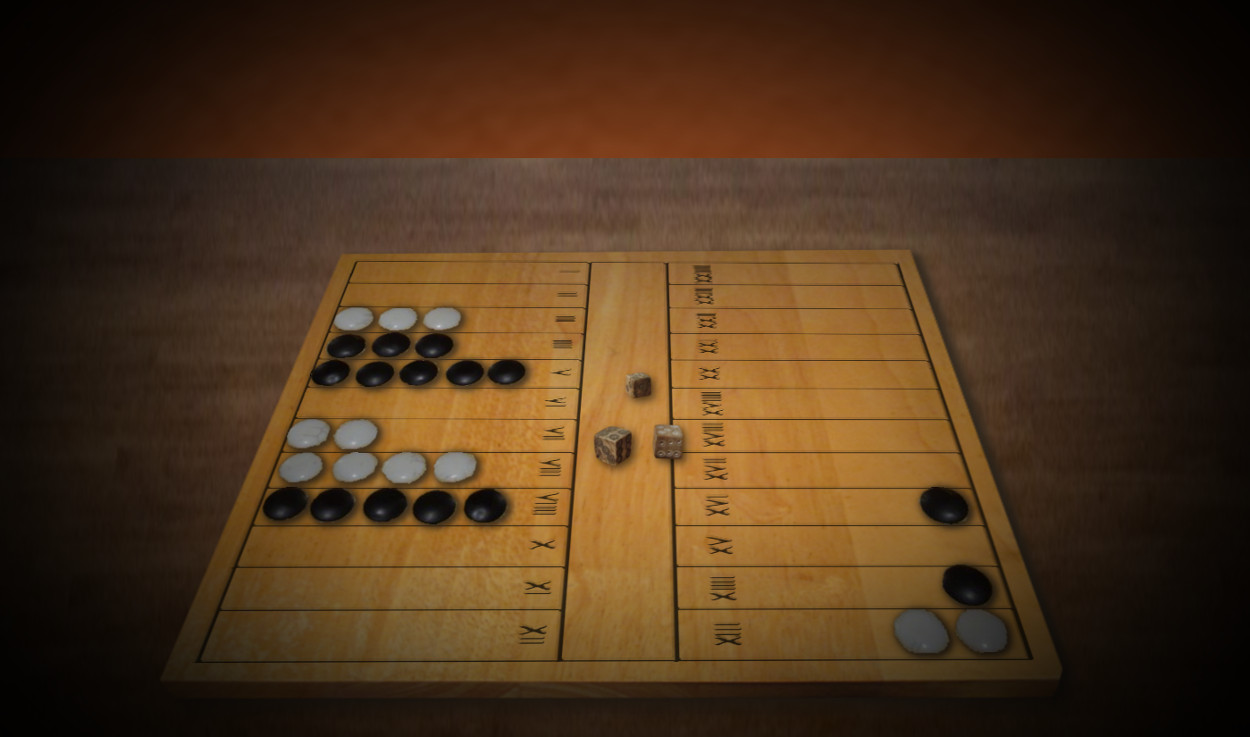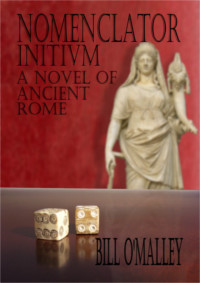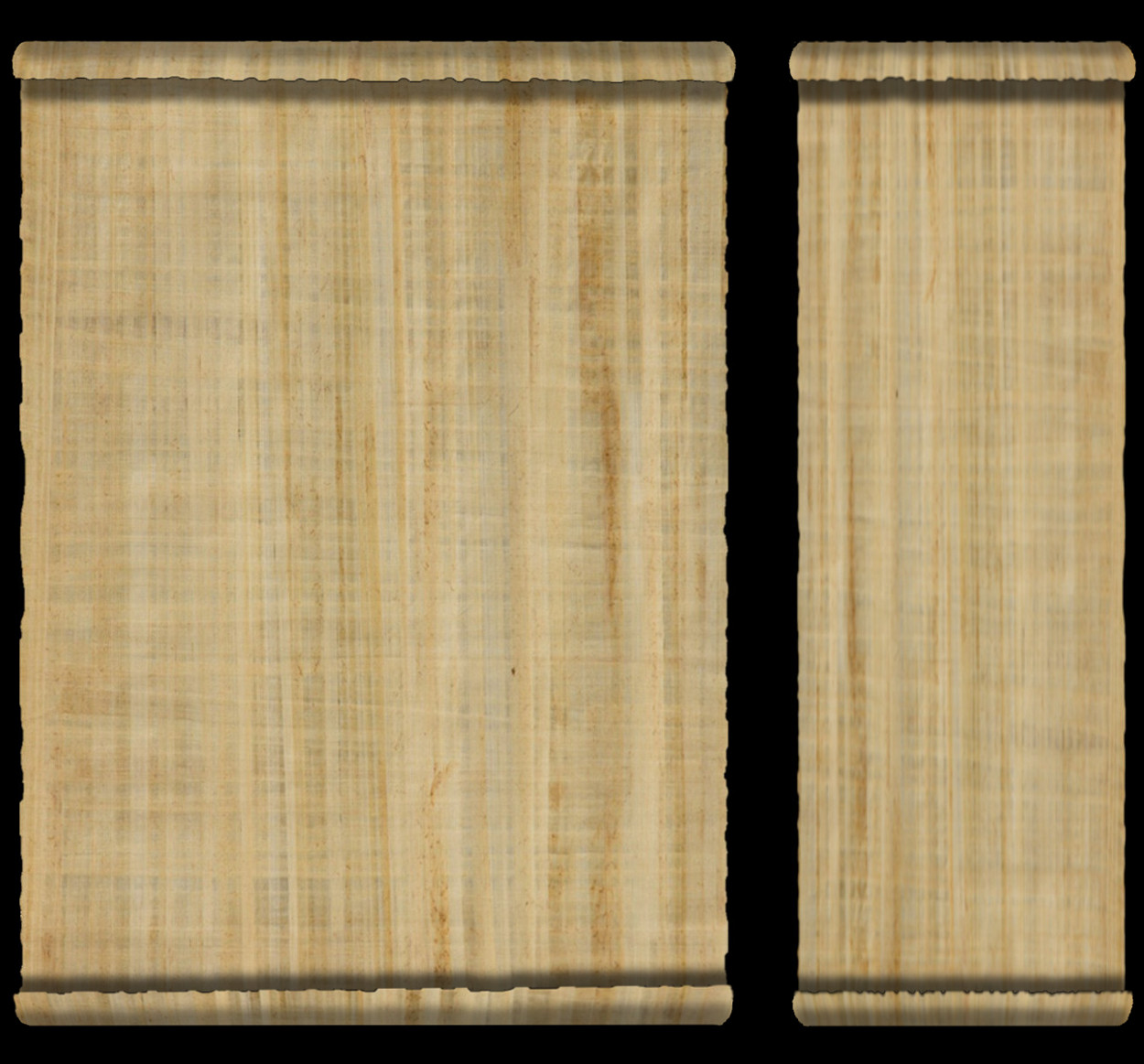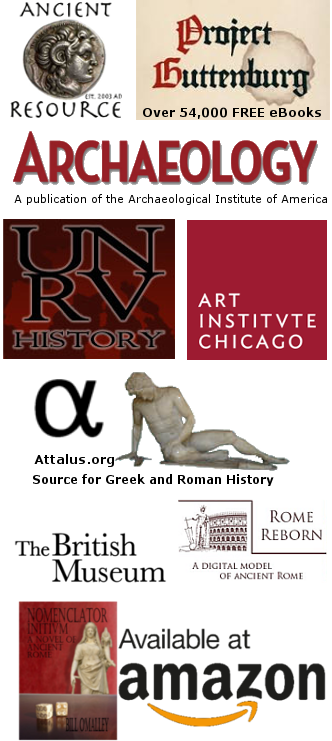


Tabula
Tabula was one of the earliest board games and was the ancient form of the modern game of backgammon. The game was one of the most popular gambling games of ancient Rome. Tabula means “board” in Latin and the game almost certainly evolved from an earlier board game called Duodecim Scriptorum. As the Roman Empire expanded, the game spread to the edges of the Roman world and beyond.
In a game played in the year 480 AD, the Roman Emperor Zeno found himself on the losing side of the tabula board. The rules for tabula have been deduced from a record of that game.
As in modern backgammon, there were two colors used in the gaming pieces. Generally the pieces were made of bone and either black or white, but sometimes colored glass pieces were used. One difference between tabula and backgammon is that in tabula, each player starts with no pieces on the board and they must enter from square on and move counterclockwise around the board. Another difference is that three dice were used rather than two. The throw could be divided between one and three pieces. Whenever possible the player was required to use the value of all the dice in some way, but if, like in backgammon, any part of the dice roll could not be used, the value of that die was lost. As in backgammon, a single piece was vulnerable to being sent back to the start should the opponent’s piece land on that spot but the opponent could not land on a space where there were two or more opposition pieces. Since the game began with all pieces off the board, no player’s pieces could enter the second half of the board until all of that player’s pieces had entered the first half. As in backgammon, no player’s pieces could leave the board until all of that player’s pieces had landed in the final quarter.
As can be seen from this brief description of the game, tabula is nearly identical to backgammon and was clearly its precursor. In fact, the name is the same in some parts of the world. In Greece, the game is called τάβλη, in Romania it is table, and in Turkey it is tavia.
These links are being provided as a convenience and for informational purposes only; they do not constitute an endorsement or an approval by Nomenclator Books or Bill O'Malley of any of the products, services or opinions of the corporation or organization or individual. Nomenclator Books and Bill O'Malley bears no responsibility for the accuracy, legality or content of the external site or for that of subsequent links. Contact the external site for answers to questions regarding its content.



















